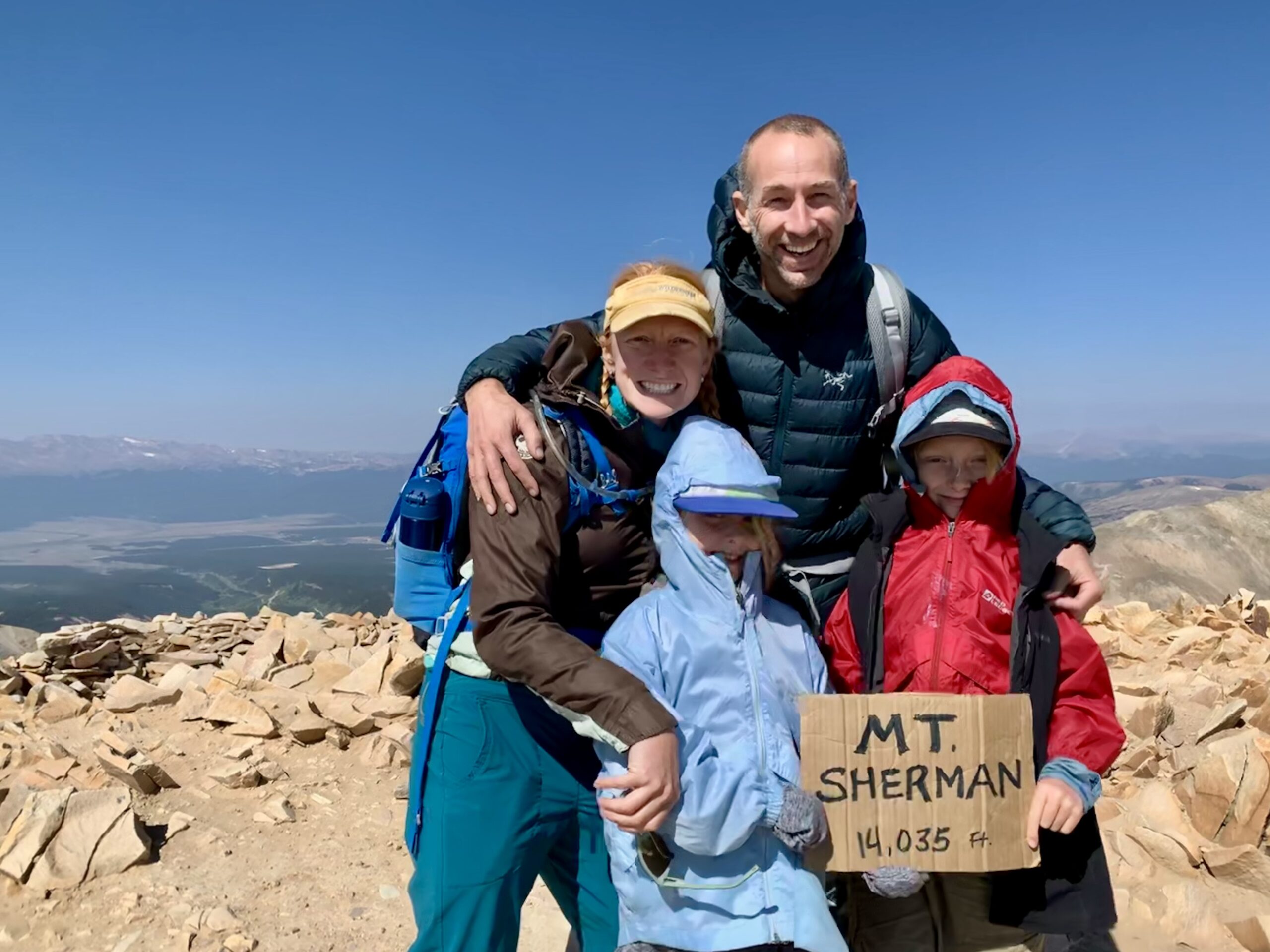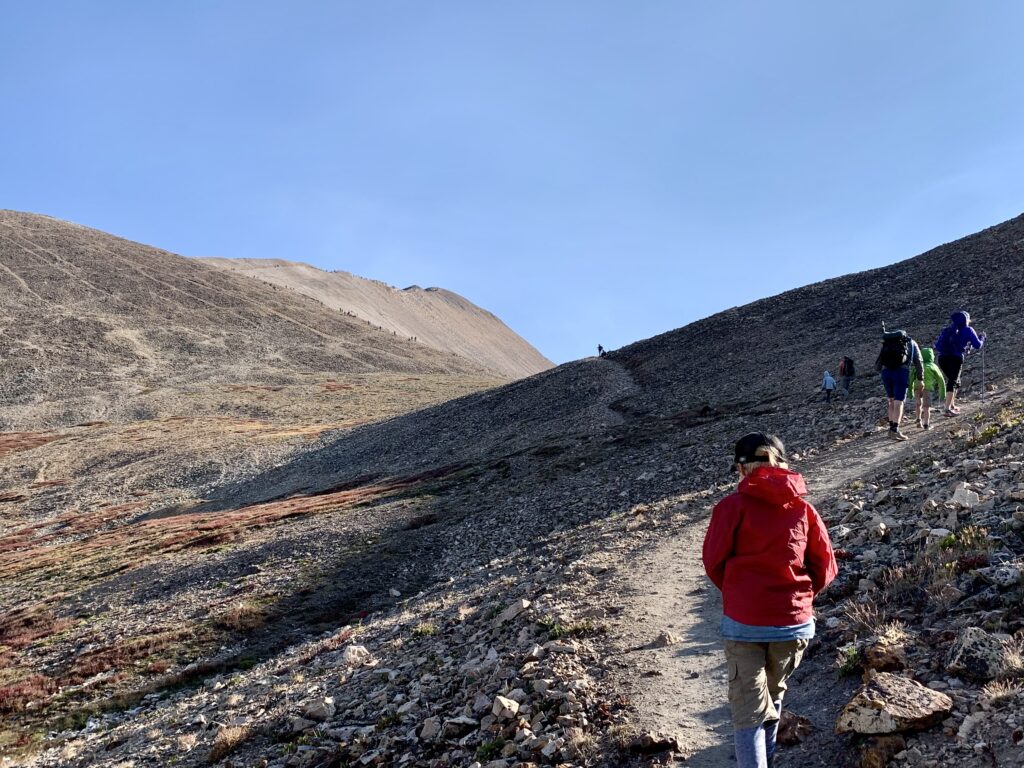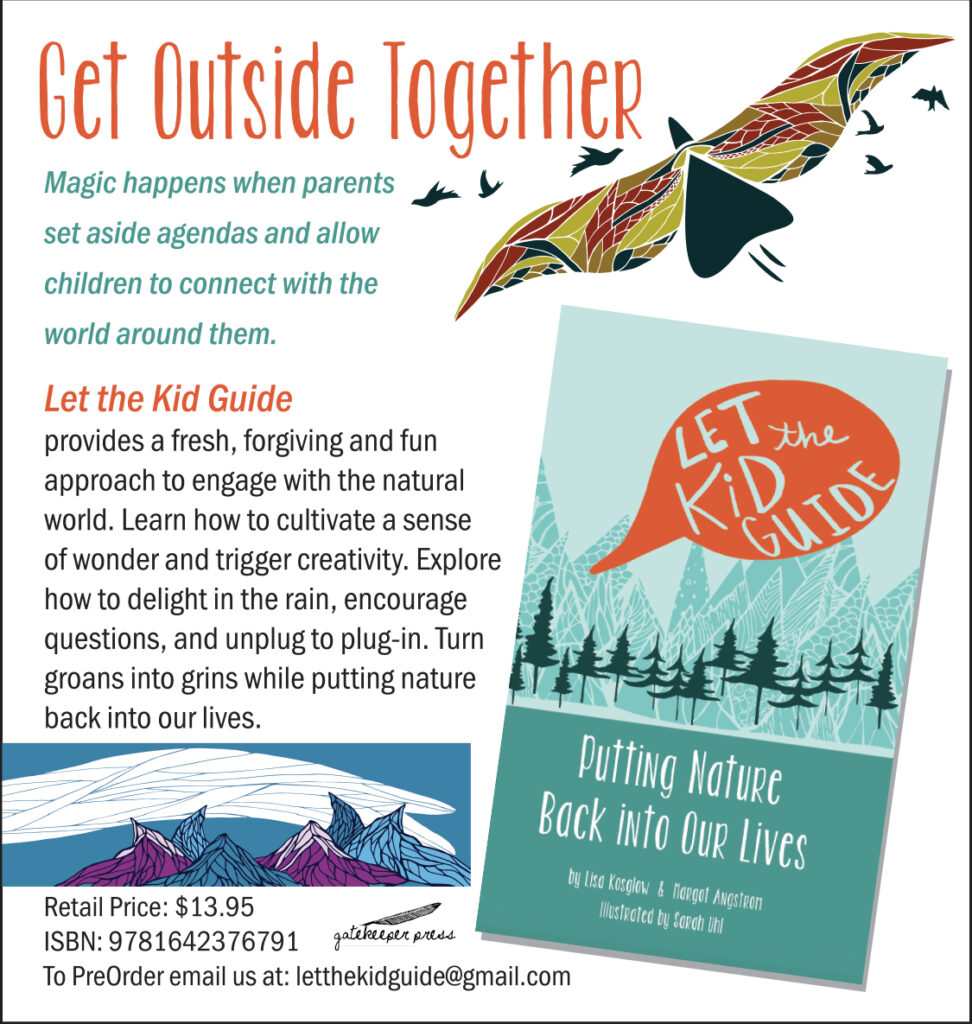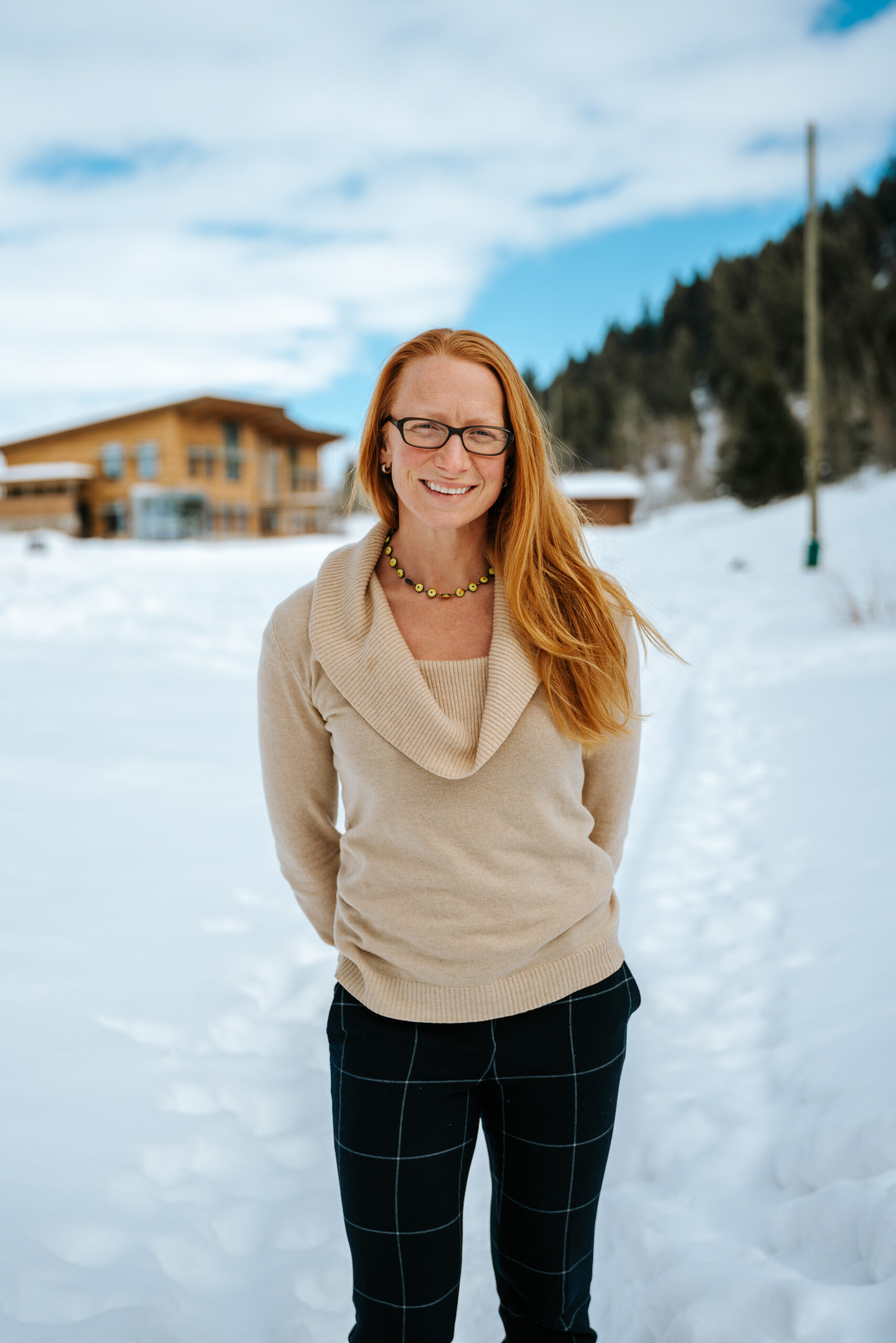
“I want to climb Mount Everest,” my nine-year old announces last winter, as he emerges from the depths of a coffee-table book on the storied peak. It’s a quiet Sunday morning. Steam rises from our teamugs and snow lilts gently to the ground. Chickadees swarm our bird feeders, cheering on our intrepid explorer.
“Okay,” I tentatively process the statement.
“And maybe I can climb the Seven Summits one day,” he continues.
“Uh huh,” I stall. How can I communicate the time, training, years of work, countless failures, enormous expenses, not to mention the risk? My brain was not in the same space as my enthusiastic son’s. Back up, Mom, I told myself. This is just like a toddler saying she wants to go to the moon someday. It may not be probable, but it is possible, and it’s not for us to dash those dreams, at least not yet.
His broad face beams in front of me – a pure nearly uncharted landscape, dotted with only a handful of freckles, waypoints from past adventures. Excitement and possibility puff his chest and emit through his pores, his face fresh, conviction incarnate.
My stall is worthy. I need to tread carefully, be supportive and ask questions: “What do you think it takes to do something like that?”
“Well, bigger mountains.”
“What sort of training do you think is needed?”
“I could climb Denali, the highest mountain in the U.S.”
“That’s pretty far away. I don’t think we could get there with COVID.”
“Well, then Longs Peak,” Longs is a 14,259 ft peak we see, stalwart and opposing, every morning driving to school.
“Alright,” I agree. No need to go deeper. Let him discover more about the peak and the realities of climbing it.
In the following days, I casually leave out CMC’s The Colorado 14ners and bring up fun hikes in the area. My husband and I share stories of our first peaks climbed in upstate New York and southwest Montana. We convey countless climbs in the Tetons, both the successes and failures. We increase our conversations about power-foods, hydration and our favorite trail snacks, weaving key lessons into our conversations. The aim? To set the stage for working towards his goal, but also to ensure this is not a fleeting notion. This needs to come from him.
The next weekend he announces, “I think I want to try Mount Sherman instead. It’s shorter than Longs. The book says it’s “moderate,” with an elevation gain of 2000ft, a good first 14ner.
“Great idea. Let’s do it!” I pause. This is my opportunity to set the stage for baby-steps in a grander plan. “But it’s kind of far away and probably covered in snow right now. What should we do in the meantime?” This question gives him the agency to create a plan to reach his goal.
His plan is to do one hike every weekend, ride bikes, join us in the garage for workouts, and save treats for trails. He sets his intentions and posts accomplishments on our wall calendar. Our seven year old with just as much conviction, announces she will not climb a 14ner. We know she could do it, so we don’t say a word.

Before attempting Sherman we set our sites on another mountain, 10,400ft. It’s also a 2000ft elevation gain, though through relentless beetle-killed down timber, capped with a steep scree scramble. We split the climb into two stages, to complete on separate days. The training climb, to an elk wallow just beyond the thick forest, helps the kiddos gain confidence for the summit push. On summit day the down timber is hard but our minds are ready for it. Our knowledge of the mountain buoys us along the ridge and to the elk wallow. Feeling triumphant, the kids proceed towards the scree. Their confidence meets the challenge of the scramble head-on. With frequent and short breaks, they reach the summit. We rest, refuel, write notes to the peak, and celebrate: we are ready for Sherman. Aside from the altitude, that climb was more challenging. If he could climb it, he could climb Sherman.
On Labor Day weekend we meet friends in Leadville for the Mount Sherman expedition. We start early to beat the sun and avoid any unexpected afternoon weather. It is grueling. What keeps our spirits up are friends, trail treats, storytelling, and reflection: “I’m so glad we have a trail…It’s nice not having to climb over a hundred logs…I’ve done this amount of elevation before…Can I be the next one to hide treats along the trail?” Confidence emanates from both kiddos. Even our adamant non-climber bounds up the trail (again, we don’t say a word). I beam.
A casual comment created the intention that drove the scaffolding our family needed during the COVID curveball. We all gained from our son’s drive. It was a mooring during an anchorless time. And while on the path towards those dreams, other discoveries were made, skills acquired, joys found, as well as confidence and competence cultivated.
As we hike down from the summit, weary and wobbly, I ask, “So, Buddy, when do you want to climb Everest?”
“Oh, not till I’m 16 or 18.”
Good. We have time.


Planted in the Rocky Mountains, Virginia native Margot, MEd, has educated children and adults for two decades, using an interdisciplinary and inquiry-based approach. A founding faculty of the Mountain Academy (formerly Journeys School) of the Teton Science Schools in Jackson, WY, Margot now forges school transformation with the Place Network. She develops innovative, place-based curricula that promote core academic content, design thinking skills and community engagement. As a coach, she provides teachers with the tools and training to leverage the power of place to drive student growth and learning. She is a leader in guiding students, both young and young at heart, to discover, inquire and act. To read more about the Place Network initiative click here.
